
In recent years, food prices have been on the rise due to various factors such as inflation, supply chain disruptions, and changing consumer preferences. As a result, many foods that were once considered affordable staples have become increasingly expensive, putting a strain on household budgets and impacting food security for many people. Here are fourteen foods that used to be cheap but now break the bank for consumers.
1. Avocado
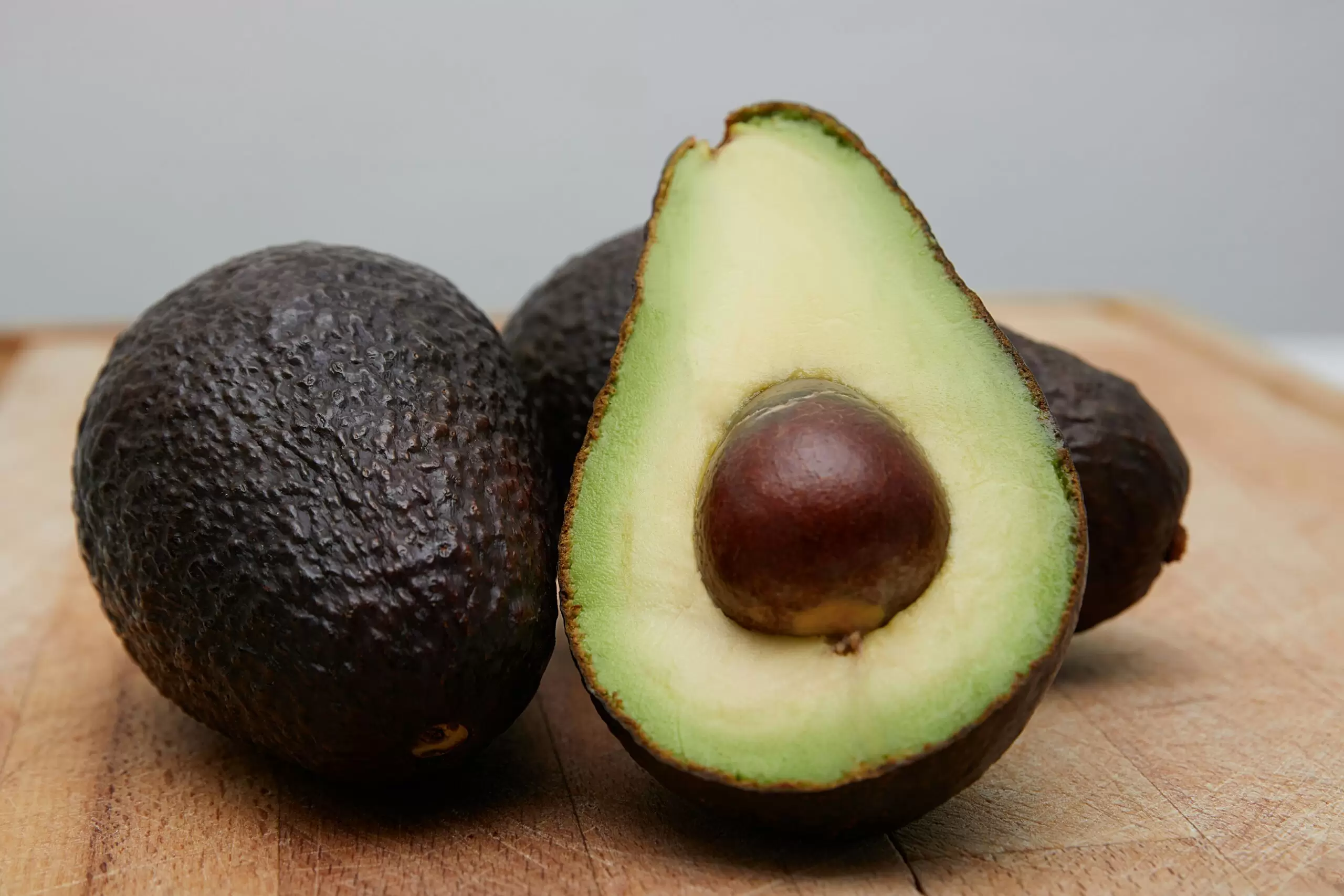
Avocado, once a humble and affordable fruit, has soared in popularity in recent years, driving up prices worldwide. Demand for avocados has outstripped supply, leading to higher prices at the grocery store. This has made avocado-based dishes like avocado toast and guacamole a luxury rather than a budget-friendly option for many consumers.
2. Salmon
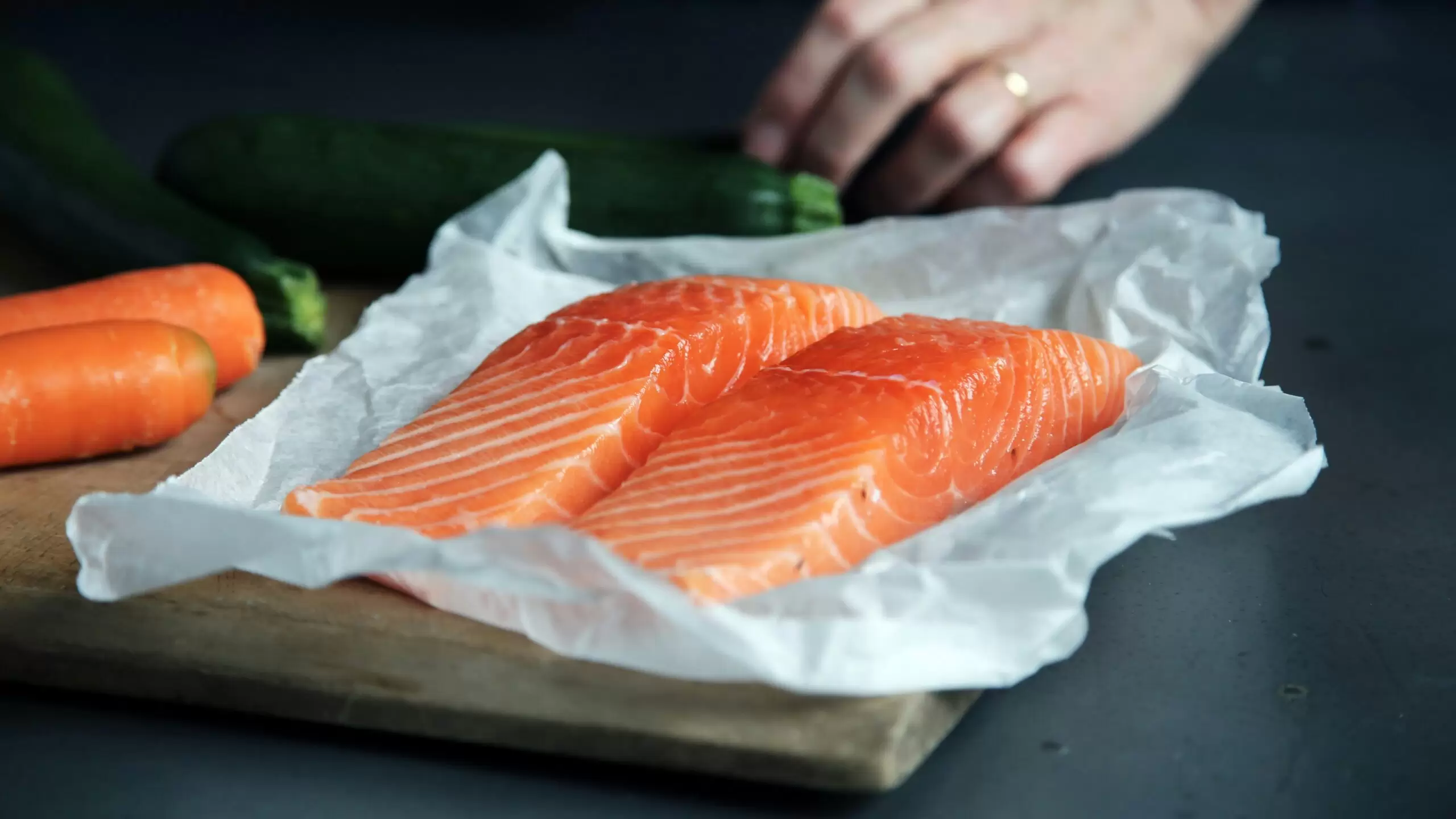
Salmon, a nutritious and versatile fish, has become significantly more expensive in recent years due to overfishing, environmental concerns, and increased demand. Wild-caught salmon, in particular, commands a premium price, making it out of reach for many budget-conscious consumers. As a result, salmon has transitioned from an affordable protein option to a luxury item for special occasions.
3. Quinoa
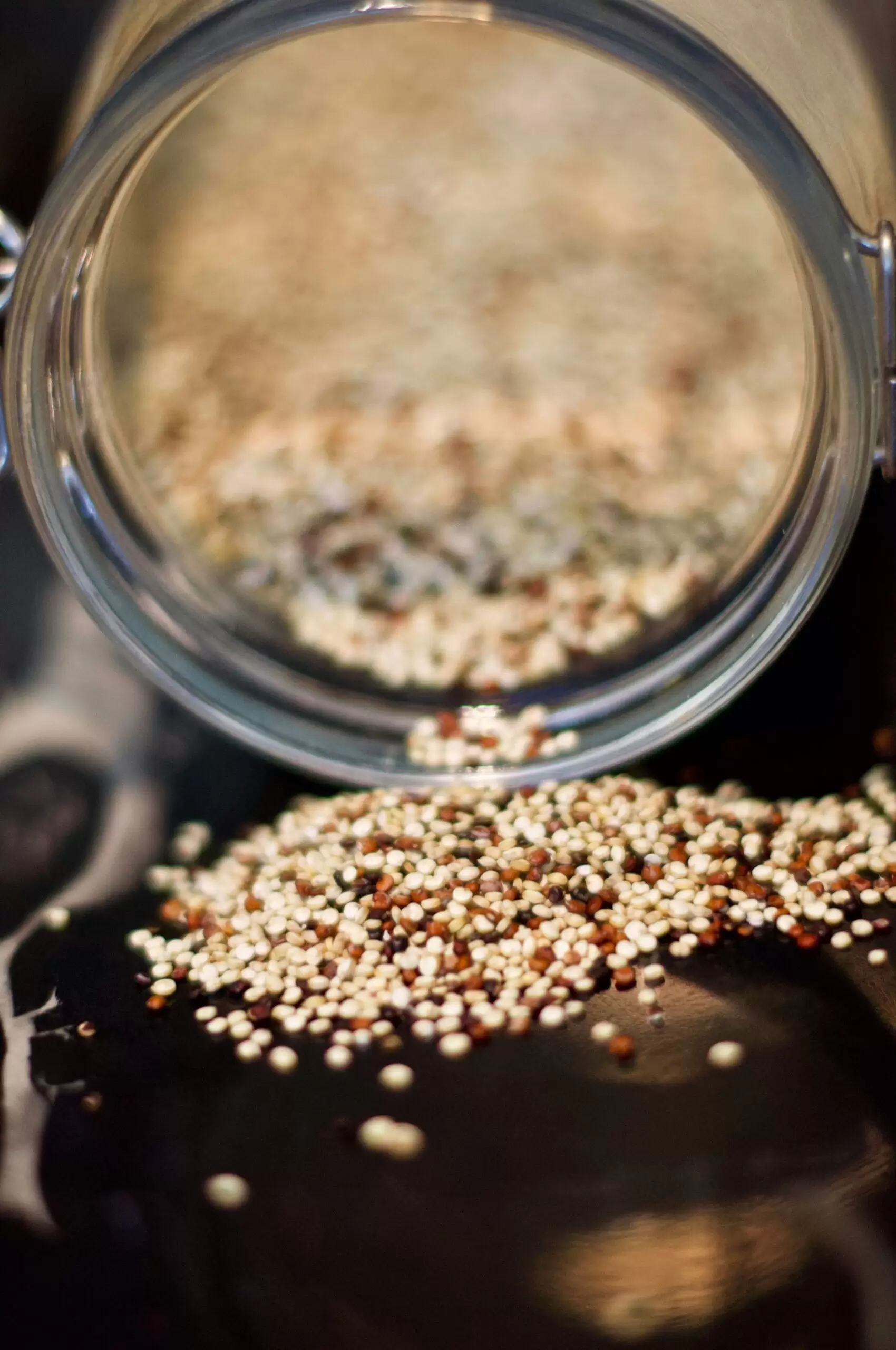
Once considered a niche health food, quinoa has become increasingly popular as consumers seek out nutritious and gluten-free alternatives to traditional grains. However, this surge in demand has driven up prices, making quinoa less accessible to lower-income households. As a result, quinoa has transitioned from a budget-friendly staple to a gourmet ingredient with a hefty price tag.
4. Almond Milk
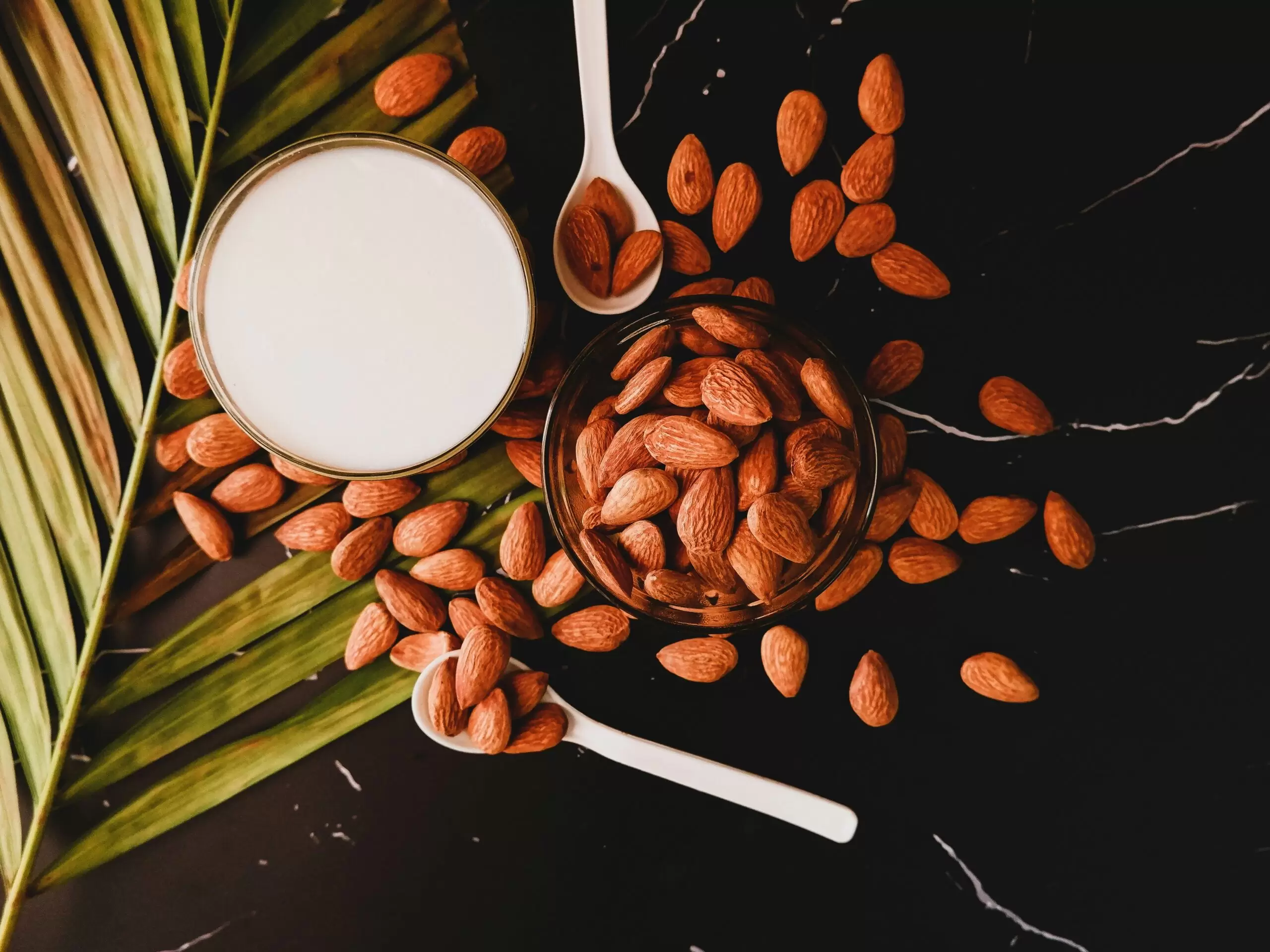
Almond milk, touted as a dairy-free alternative to cow’s milk, has become a staple in many households. However, the rising cost of almonds, coupled with increased demand for plant-based milk alternatives, has led to higher prices for almond milk. This has made it a more expensive option compared to traditional dairy milk, putting pressure on consumers’ wallets.
5. Kale
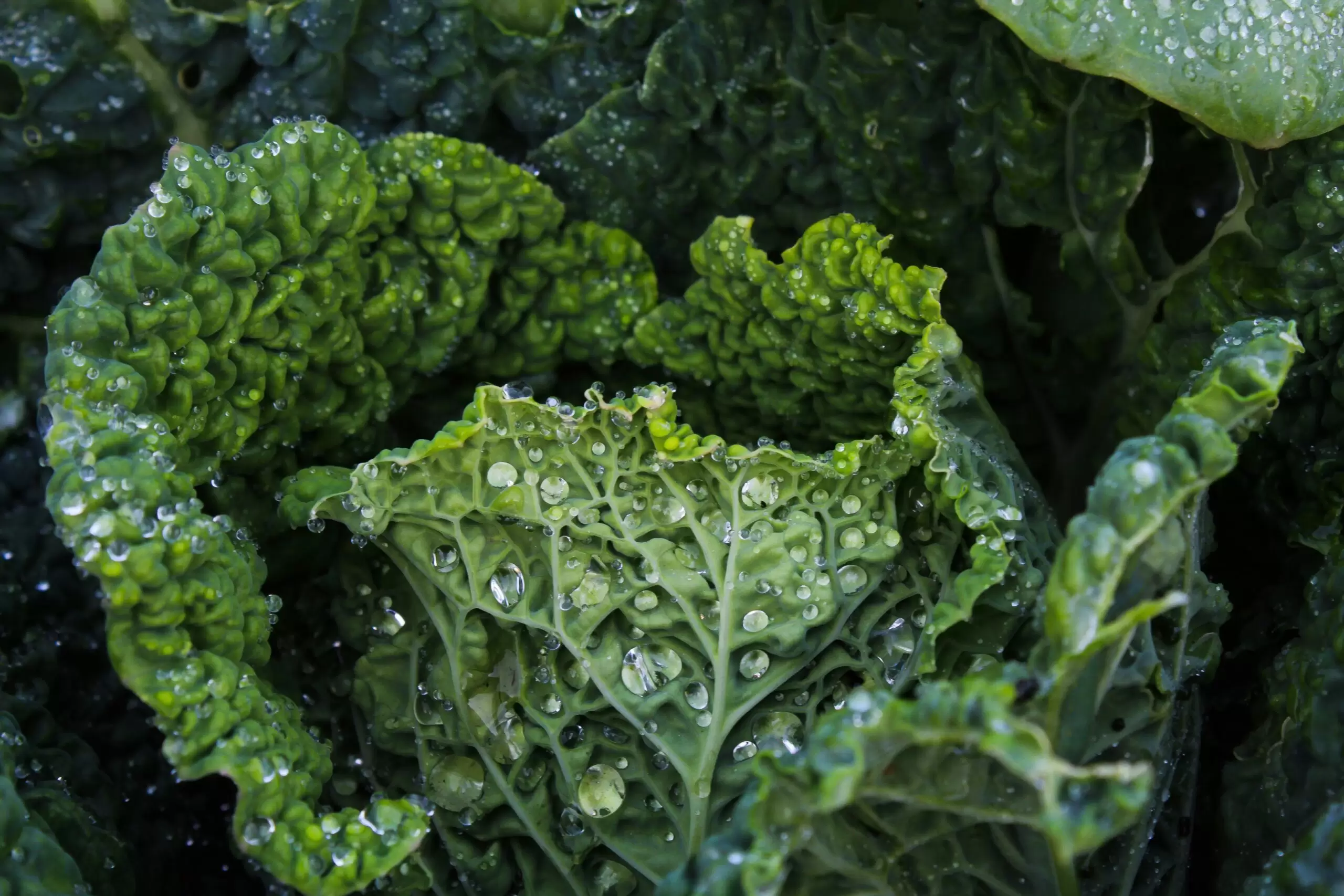
Kale, once a humble leafy green vegetable, has experienced a surge in popularity in recent years due to its nutritional benefits and versatility. However, this increased demand has driven up prices, making kale more expensive than other leafy greens like spinach or lettuce. As a result, kale has transitioned from a budget-friendly superfood to a specialty ingredient found in upscale restaurants and gourmet markets.
6. Coconut Oil

Coconut oil, prized for its health benefits and culinary versatility, has seen a significant increase in demand in recent years. However, factors such as limited supply, increased production costs, and changing consumer preferences have driven up prices for coconut oil. This has made it a more expensive option compared to other cooking oils like vegetable or canola oil.
7. Quail Eggs

Quail eggs, once a niche delicacy, have become increasingly popular in recent years as consumers seek out alternative protein sources. However, the limited availability of quail eggs and the labor-intensive process of harvesting them have driven up prices. This has made quail eggs a luxury item rather than an affordable option for everyday consumption.
8. Saffron

Saffron, the world’s most expensive spice, has always been a luxury ingredient due to its labor-intensive cultivation and harvesting process. However, in recent years, saffron prices have continued to rise due to factors such as climate change, political instability in major producing countries, and increased demand from the culinary and pharmaceutical industries. As a result, saffron has become even more inaccessible to the average consumer.
9. Artisanal Cheese
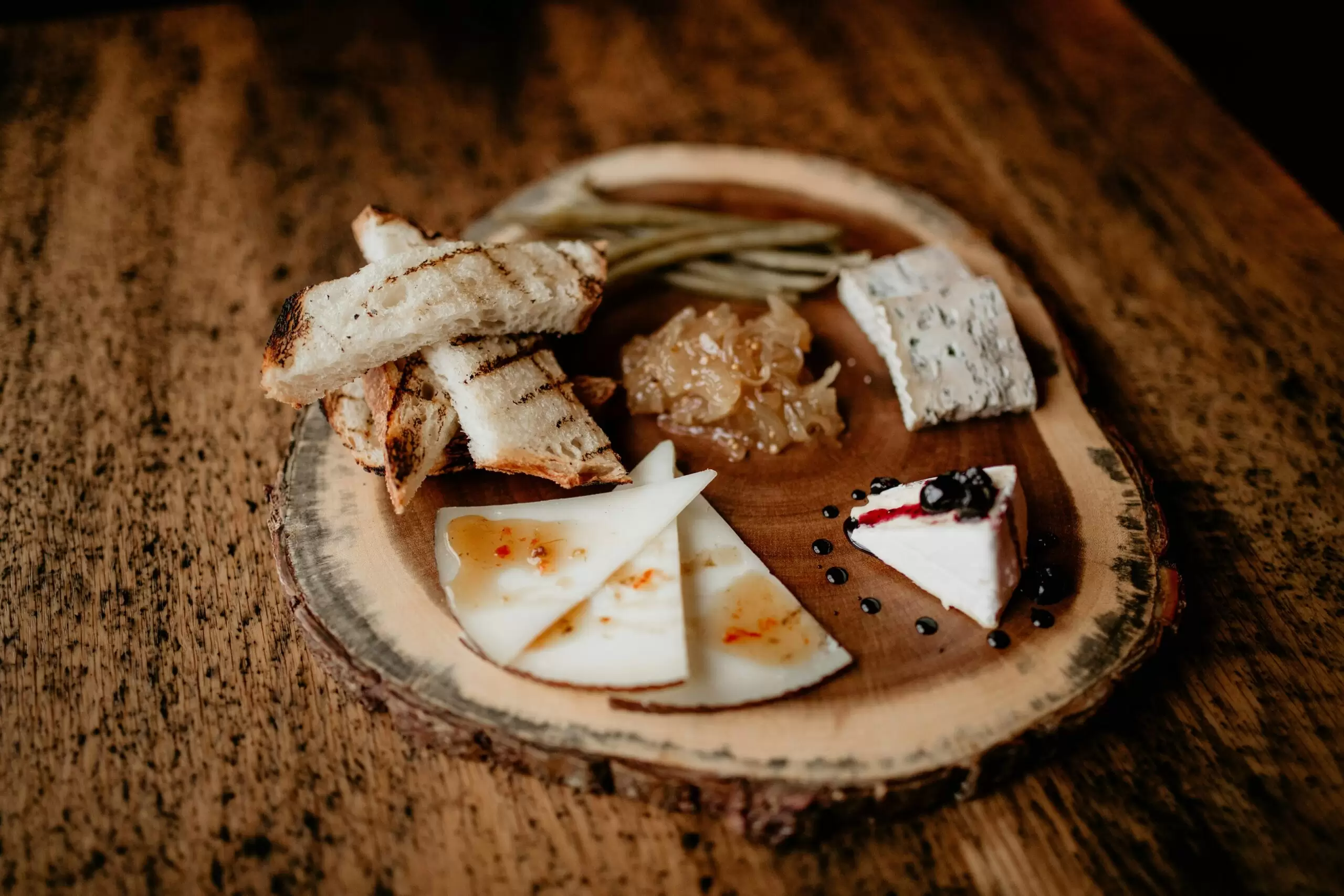
Artisanal cheese, known for its unique flavors and craftsmanship, has seen a surge in popularity in recent years as consumers seek out high-quality and locally sourced products. However, this increased demand, coupled with the time and expertise required to produce artisanal cheese, has driven up prices. This has made artisanal cheese a luxury item rather than an affordable option for everyday consumption.
10. Acai Berries
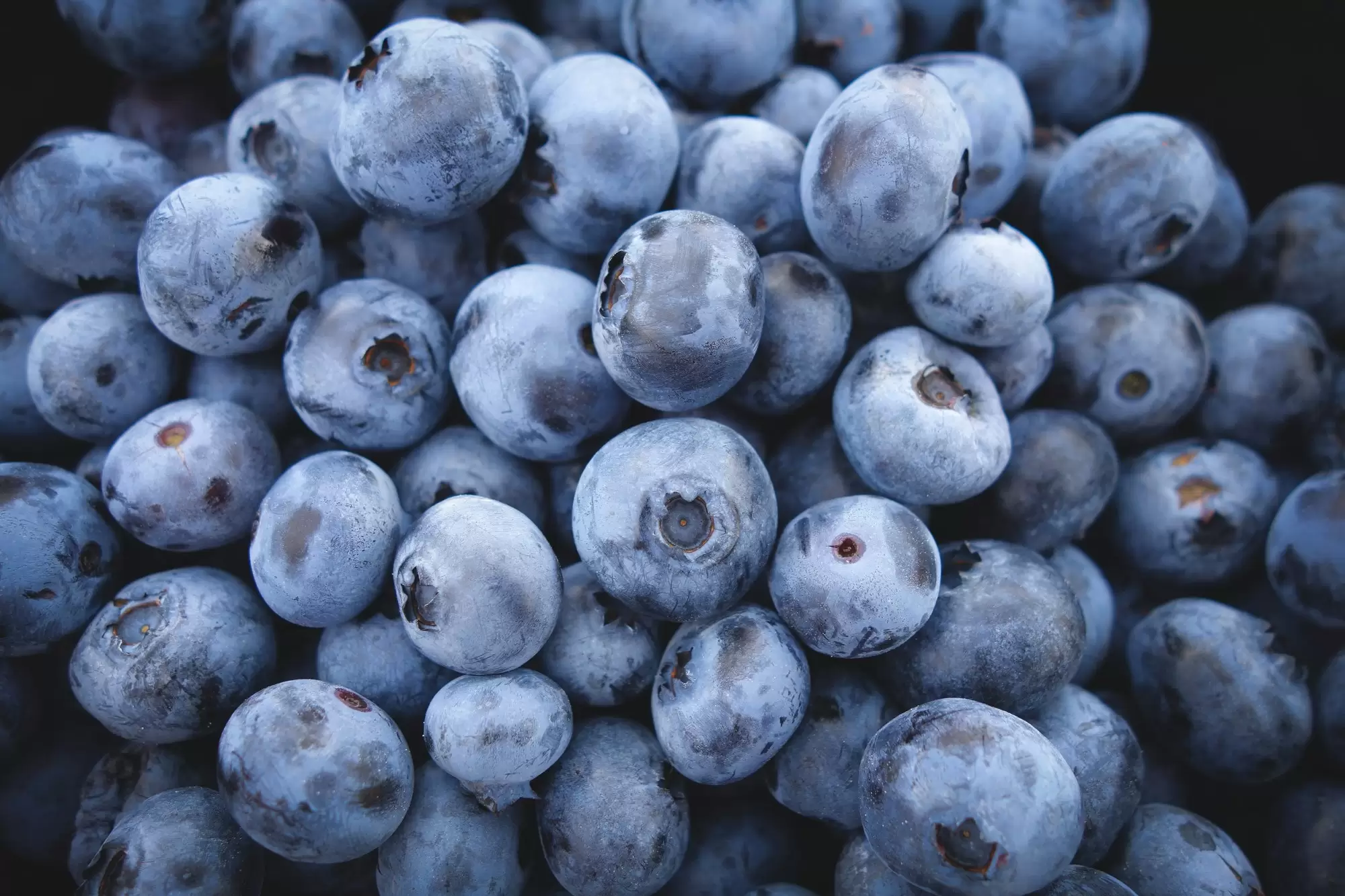
Acai berries, prized for their antioxidant properties and health benefits, have become a trendy superfood in recent years. However, the limited availability of acai berries outside of their native regions in South America, coupled with increased demand from health-conscious consumers, has driven up prices. This has made acai berries a more expensive option compared to other fruits and berries.
11. Wagyu Beef

Wagyu beef, known for its exceptional marbling and melt-in-your-mouth texture, has long been considered a luxury ingredient. However, in recent years, the popularity of Wagyu beef has soared worldwide, driving up prices and making it even more exclusive. This has made Wagyu beef a rare treat rather than a staple protein option for many consumers.
12. Truffles

Truffles, prized for their unique flavor and aroma, have always been one of the most expensive ingredients in the culinary world. However, in recent years, truffle prices have skyrocketed due to factors such as climate change, scarcity of wild truffle species, and increased demand from high-end restaurants and gourmet markets. This has made truffles even more inaccessible to the average consumer, turning them into a luxury indulgence.
13. Lobster

Lobster, once considered a poor man’s food, has undergone a remarkable transformation in recent years, evolving from a cheap and abundant seafood option to a luxury delicacy. Factors such as overfishing, environmental degradation, and increased demand from global markets have driven up prices for lobster, making it a rare and expensive treat for special occasions.
14. Pistachios
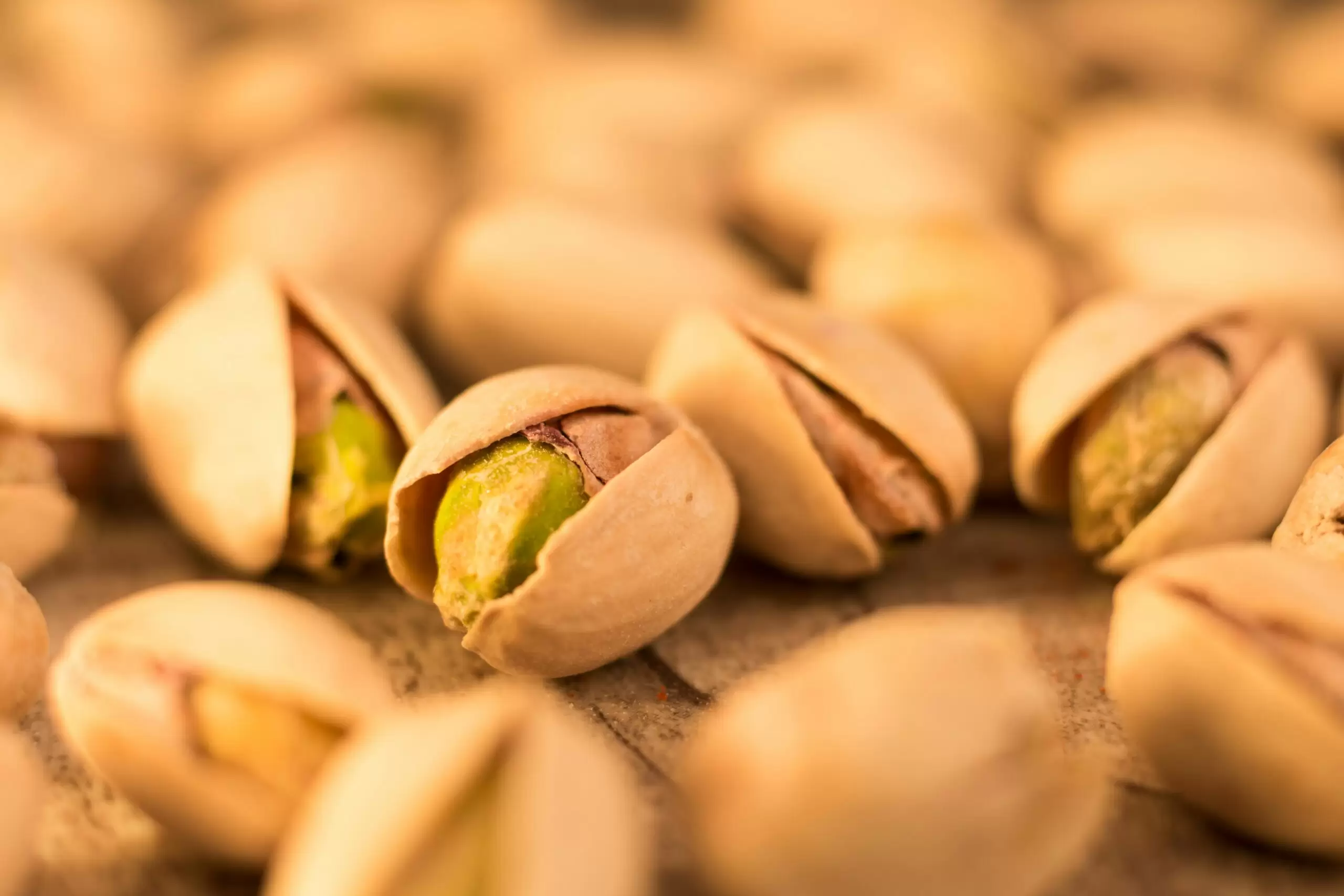
Pistachios, prized for their rich flavor and nutritional benefits, have become increasingly popular in recent years as a snack food and ingredient in various culinary creations. However, factors such as limited supply, drought conditions in major pistachio-growing regions, and increased demand from consumers worldwide have driven up prices for pistachios. This has made pistachios a more expensive option compared to other nuts and snacks, putting pressure on consumers’ budgets.
The Rising Cost of Food
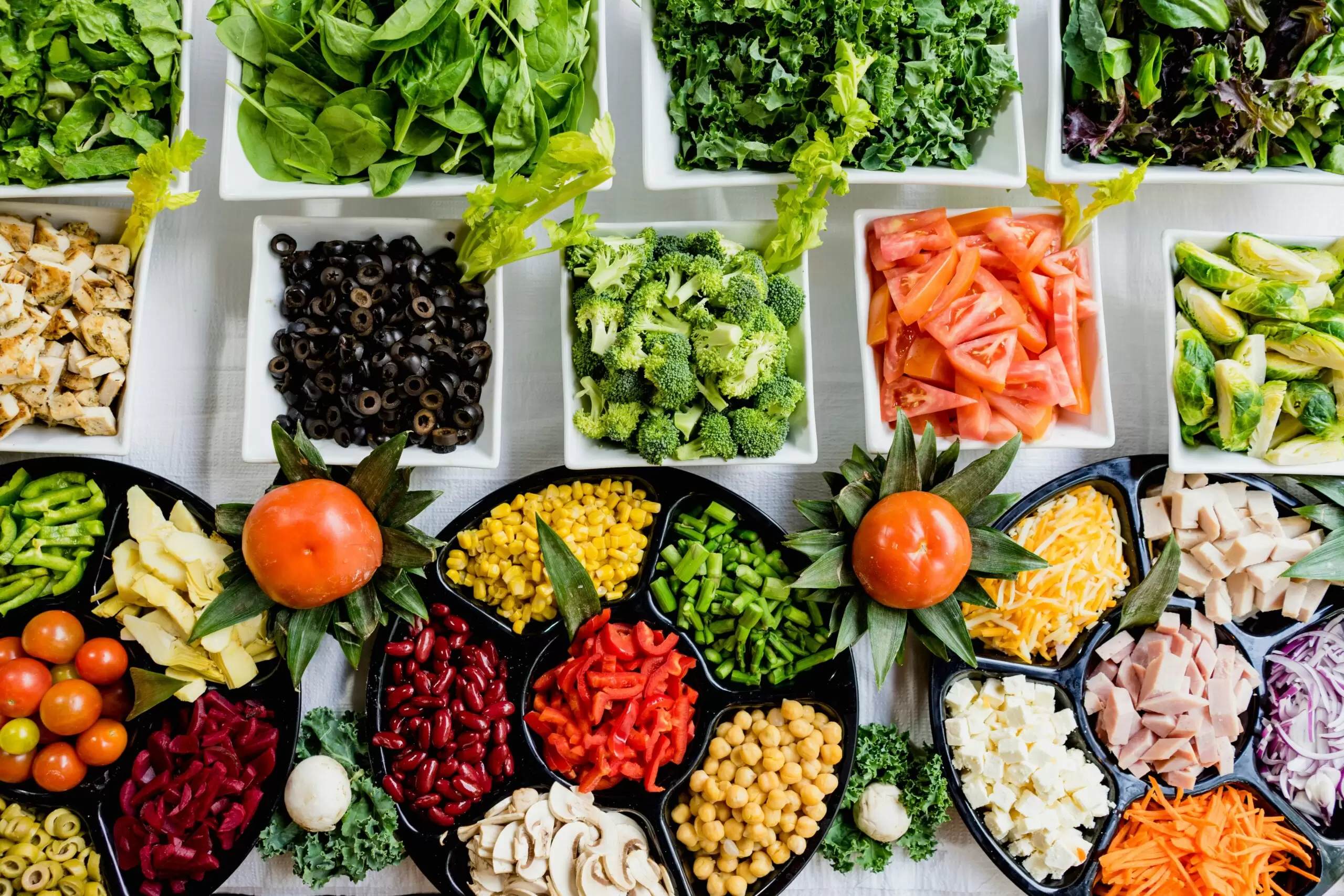
In conclusion, the rising cost of food has made many once-affordable staples inaccessible to consumers, leading to challenges for households trying to stretch their food budgets. As prices continue to rise, it’s essential for consumers to be mindful of their food choices and budget accordingly to ensure they can afford the foods they need while still maintaining a balanced and healthy diet. Additionally, supporting local producers and seeking out alternative sources of affordable nutrition can help mitigate the impact of rising food prices on household budgets.

Drew Blankenship is a former Porsche technician who writes and develops content full-time. He lives in North Carolina, where he enjoys spending time with his wife and two children. While Drew no longer gets his hands dirty modifying Porsches, he still loves motorsport and avidly watches Formula 1.

